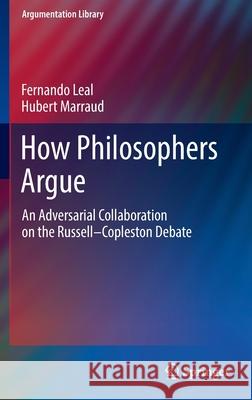How Philosophers Argue: An Adversarial Collaboration on the Russell--Copleston Debate » książka
topmenu
How Philosophers Argue: An Adversarial Collaboration on the Russell--Copleston Debate
ISBN-13: 9783030853679 / Angielski / Twarda / 2022 / 190 str.
How Philosophers Argue: An Adversarial Collaboration on the Russell--Copleston Debate
ISBN-13: 9783030853679 / Angielski / Twarda / 2022 / 190 str.
cena 403,47 zł
(netto: 384,26 VAT: 5%)
Najniższa cena z 30 dni: 385,52 zł
(netto: 384,26 VAT: 5%)
Najniższa cena z 30 dni: 385,52 zł
Termin realizacji zamówienia:
ok. 22 dni roboczych
Bez gwarancji dostawy przed świętami
ok. 22 dni roboczych
Bez gwarancji dostawy przed świętami
Darmowa dostawa!
Kategorie BISAC:
Wydawca:
Springer
Seria wydawnicza:
Język:
Angielski
ISBN-13:
9783030853679
Rok wydania:
2022
Wydanie:
2022
Numer serii:
000124826
Ilość stron:
190
Waga:
0.85 kg
Wymiary:
23.39 x 15.6 x 2.69
Oprawa:
Twarda
Wolumenów:
01
Dodatkowe informacje:
Wydanie ilustrowane











